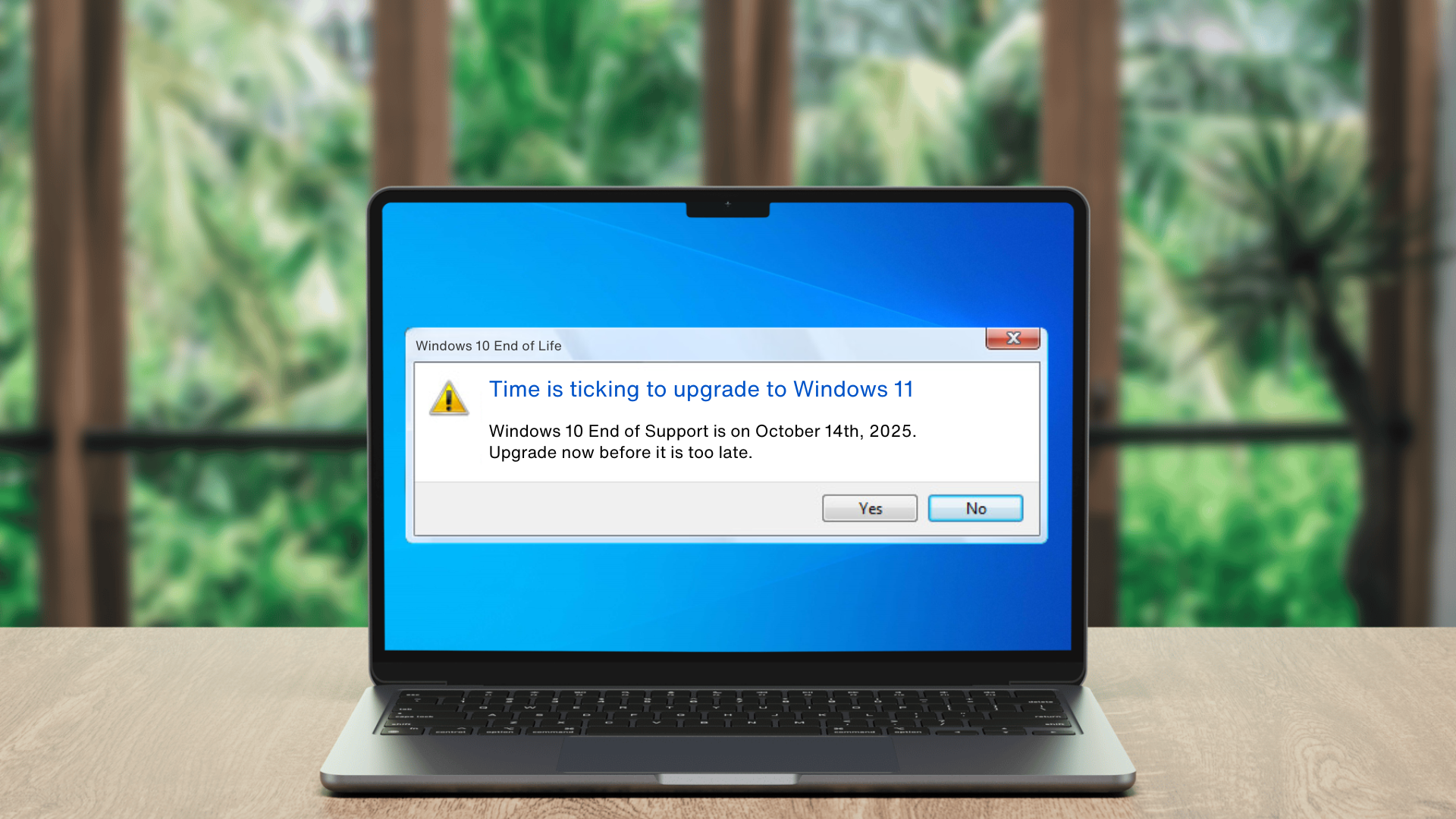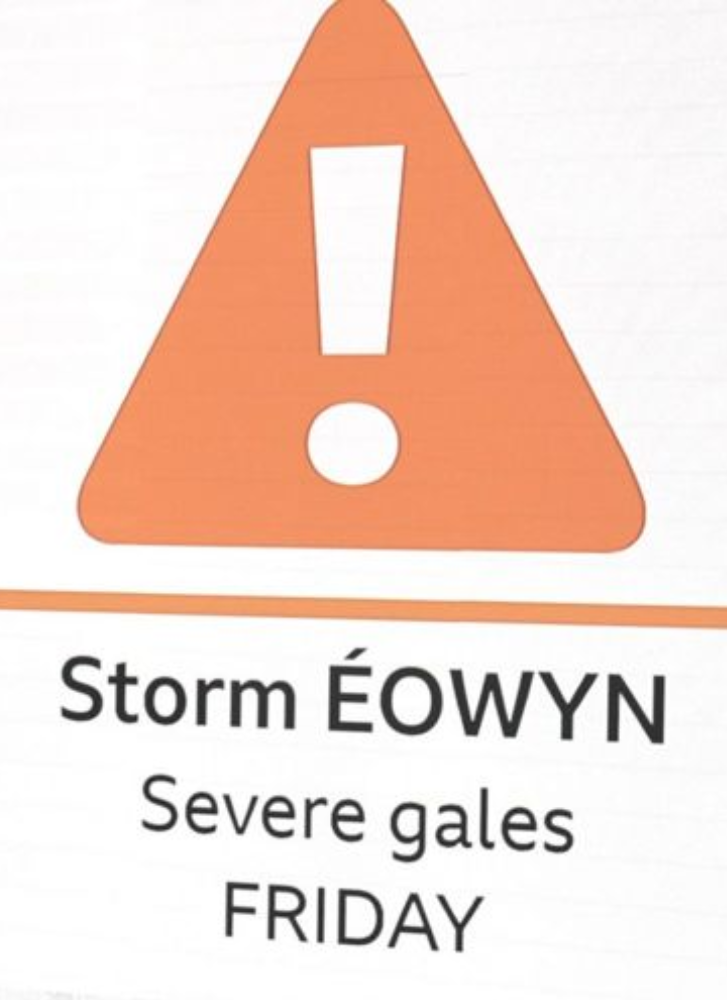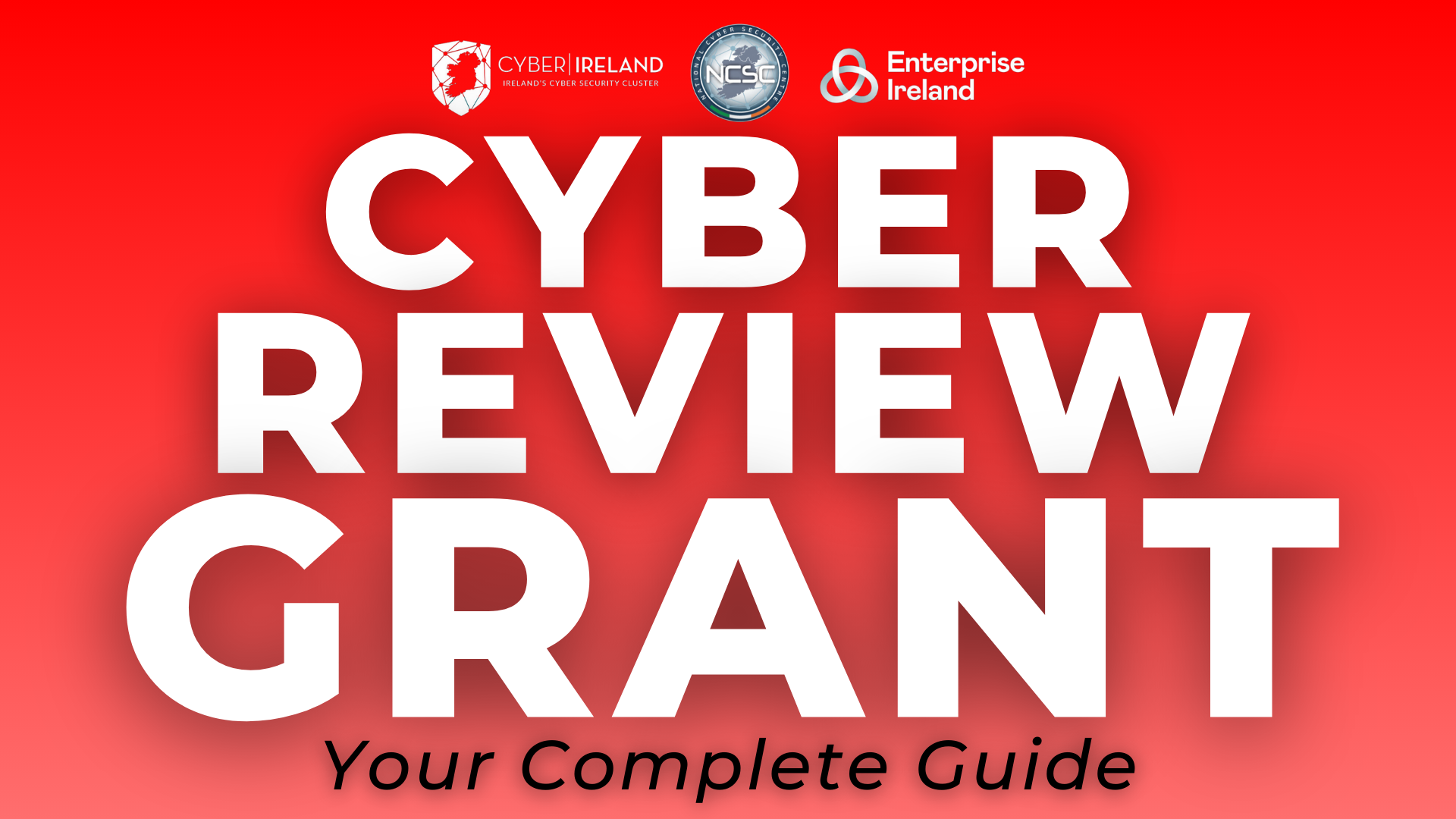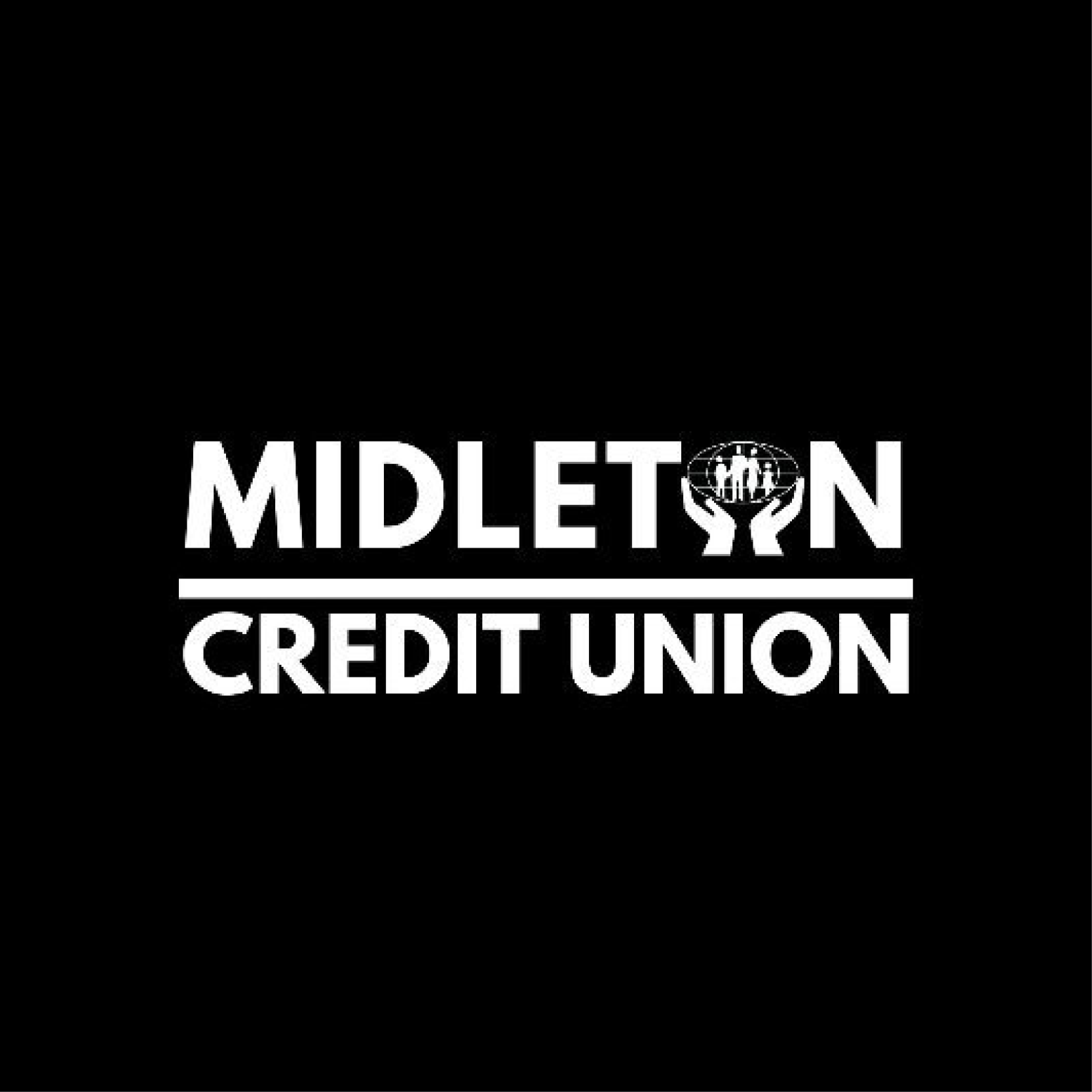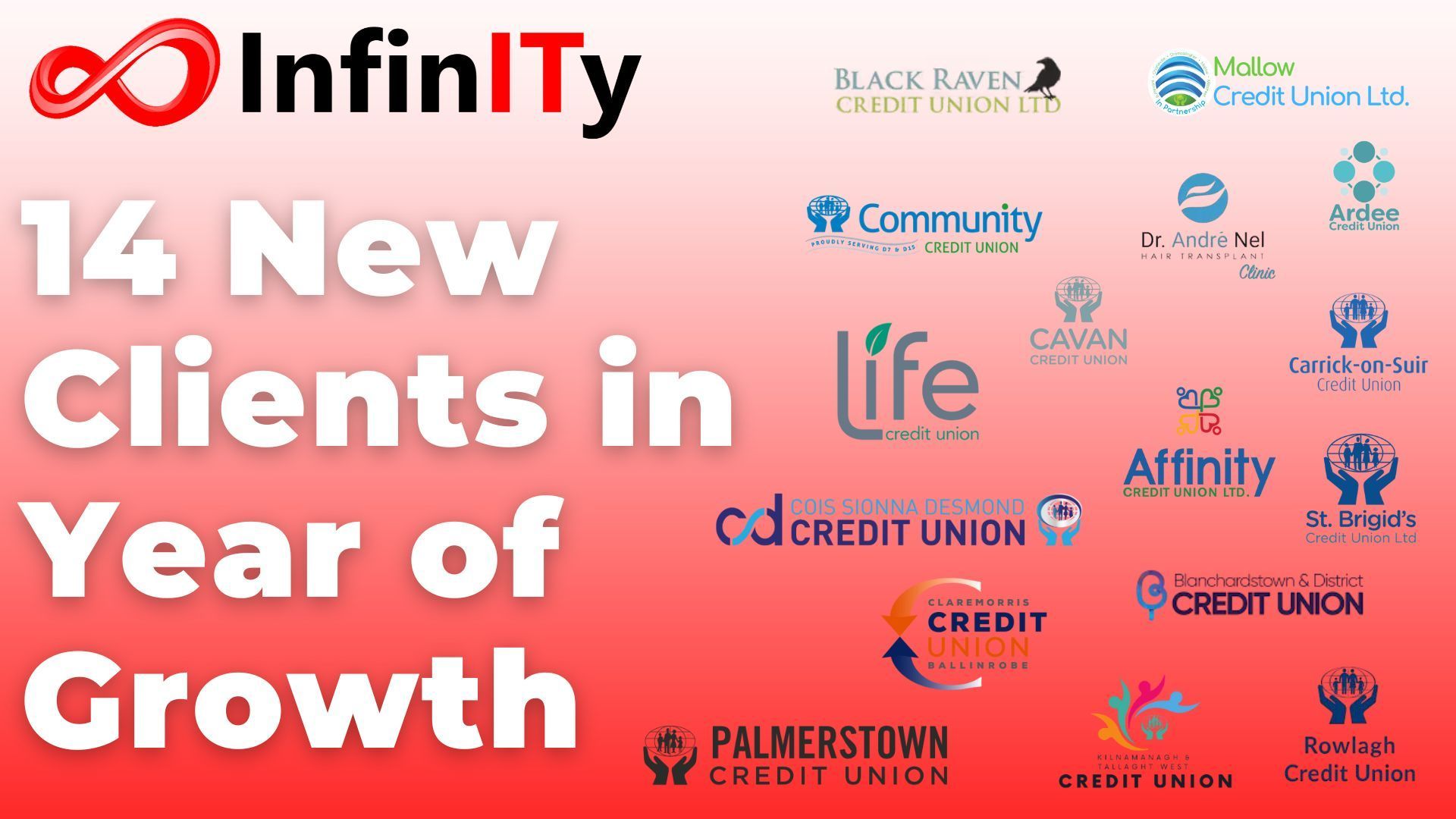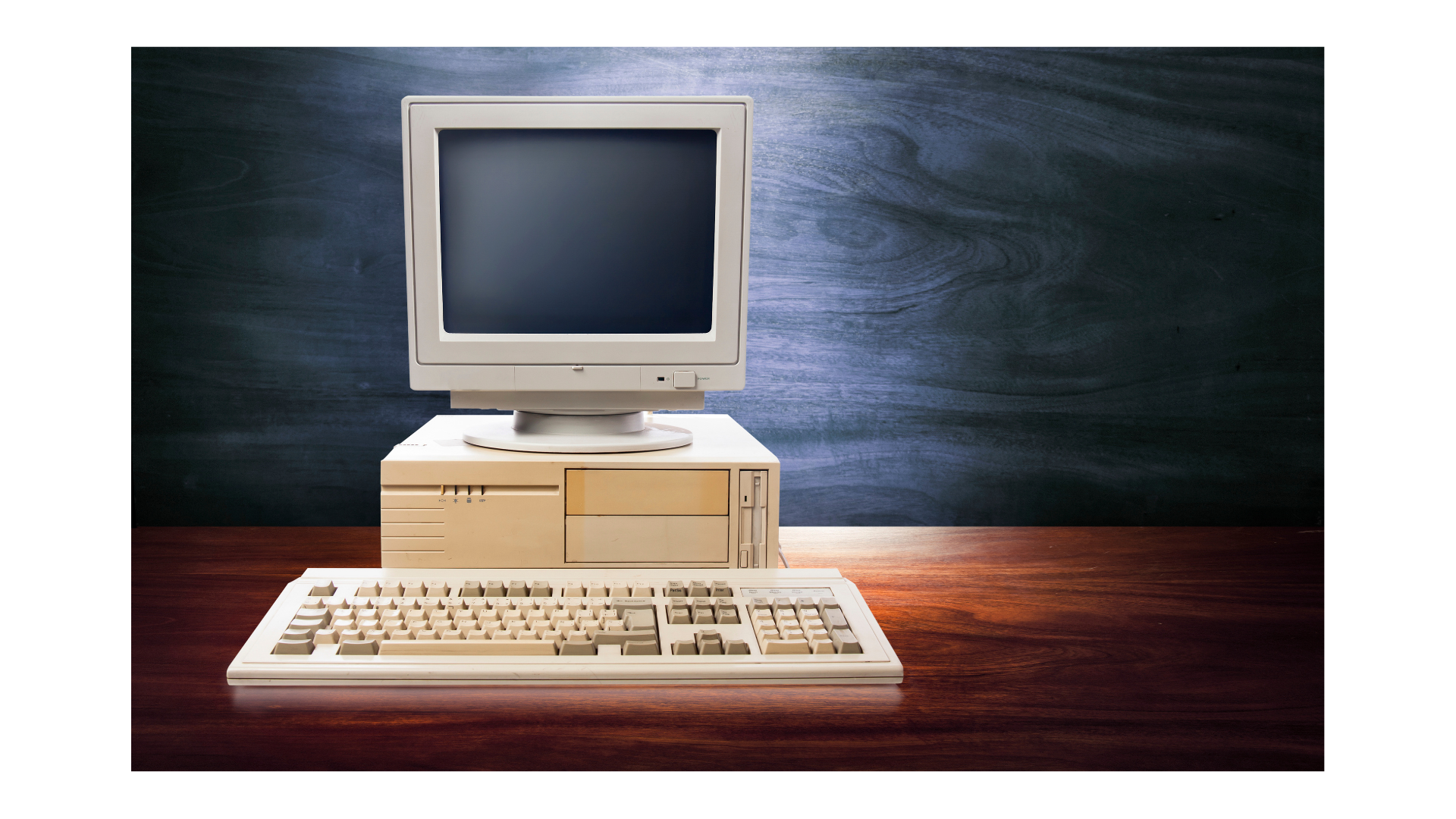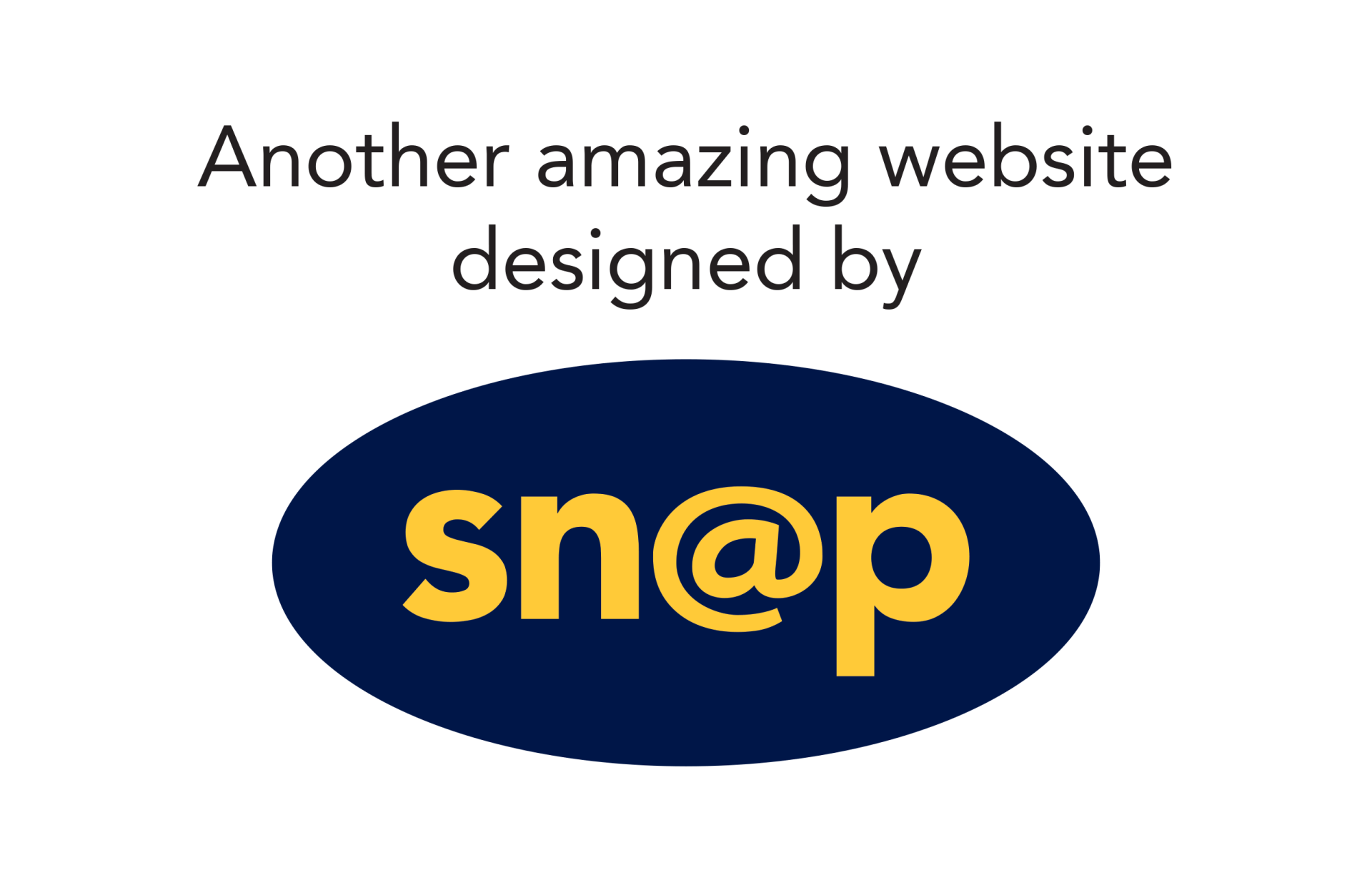All you need to know about: SPF, DKIM, and DMARC
In today's digital age, where cyber threats are increasingly sophisticated, protecting sensitive information and maintaining online security has become paramount. Among the many tactics employed by cybercriminals, email impersonation remains a prevalent concern for individuals and businesses alike. To combat this threat, three essential email authentication protocols have emerged: SPF, DKIM, and DMARC. In this article, we'll break down what these acronyms mean and why their combined use is crucial for safeguarding against email impersonation.
What is SPF?
SPF (Sender Policy Framework) is an email authentication technique that helps prevent unauthorised senders from using a domain's identity to send fraudulent emails. Think of it like a digital bouncer at a club's entrance, checking the guest list to ensure only legitimate partygoers are allowed in. SPF works by creating a record in the domain's DNS (Domain Name System) settings, listing authorised email servers that are allowed to send emails on behalf of that domain. When an email is received, the recipient's server can cross-reference the sender's IP address with the SPF record to verify if it's genuine.
What is DKIM?
DKIM (DomainKeys Identified Mail) is another layer of email authentication that adds a digital signature to each outgoing email from a domain. This signature is generated using a private key held by the sending server and can be verified by the recipient's server using the corresponding public key stored in the domain's DNS. It's like sealing an envelope with a unique wax stamp. When the recipient's server receives an email, it can check the DKIM signature to ensure the message hasn't been tampered with and genuinely comes from the claimed sender.
What is DMARC?
DMARC (Domain-based Message Authentication, Reporting, and Conformance) is the glue that binds SPF and DKIM together to provide a comprehensive email authentication solution. DMARC enables domain owners to specify how their emails should be handled if they fail SPF or DKIM checks. They can set policies to either quarantine or reject failed emails. Additionally, DMARC provides valuable reporting mechanisms that allow domain owners to monitor email authentication activity, identify sources of abuse, and refine their authentication policies.
Why SPF and DKIM Alone Aren't Enough
While SPF and DKIM individually provide a solid foundation for email authentication, they each have limitations that cybercriminals can exploit. SPF doesn't cover the entire email journey, as it only checks the "MAIL FROM" domain against the sending IP address. It doesn't validate the content of the email or the "FROM" address that recipients see. Similarly, DKIM can fail to protect against phishing attacks if the private key is compromised, and it doesn't prevent someone from sending an email on behalf of the domain without signing it.
The Power of Combined Protection
The real magic happens when SPF, DKIM, and DMARC work together in harmony. By combining these three protocols, businesses can significantly reduce the risk of email impersonation and phishing attacks. DMARC acts as the coordinator, enforcing policies based on SPF and DKIM results. If an email doesn't pass either authentication method, DMARC can instruct the receiving server to take appropriate action, such as moving the email to a spam folder or outright rejecting it. This layered approach ensures a comprehensive defence against malicious actors seeking to exploit email vulnerabilities.
In Conclusion
DMARC helps protect both your business and your clients. It stops fake emails from reaching your clients' inboxes and pretending to be from you. This way, your clients can trust that the emails they get from your business are actually from you and not from someone trying to trick them.
In a nutshell, DMARC is like a bouncer for your emails, making sure that only the legitimate ones get inside your clients' inboxes, while keeping the fakes out. This helps maintain trust and security for your business and your client.
If you want to learn more please contact us.
Your IT Upgrade Starts Here: Contact Us for a Complimentary Assessment
Contact Us

